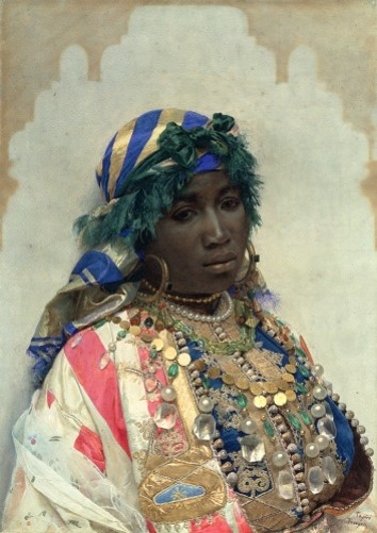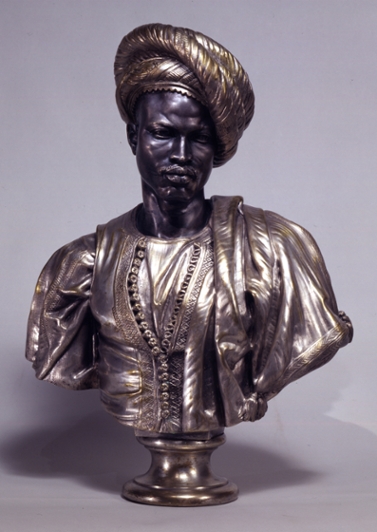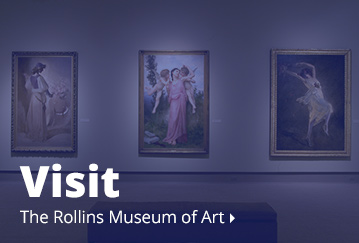The Black Figure in the European Imaginary
This exhibition considers the manner in which the visual arts of Europe imagined black people during the long nineteenth century (c. 1750-1914). As part of an expanding cultural fascination with Africa and the “Orient,” images of blacks proliferated in various media and different contexts across the European continent, prompted by contact through colonialism, imperialism, and slavery. These representations are at once reminders of conquest, meditations on the perceived exoticism of dark-skinned peoples and distant lands, romantic imaginings of black personalities and characters, and objects of beauty that used blackness—at times literally—as an aesthetic tool or novelty. In contrast to the over-simplified or unabashedly racist caricatures often found in American visual culture of the same period, blacks in nineteenth-century European imaginings were frequently depicted as exotic, beautiful, romantic, and alluring.
Black individuals, although marginalized, were part of an increasingly international population in Europe. Even though the lived experiences of blacks in Europe during this period are difficult to reconstruct, black people were visible in major European cities. Black men and women from Africa, the Caribbean, and even North America worked in domestic service, as laborers, and seamen, among other professions. Black musicians, dancers, and other entertainers were commonplace. The numerous artists that engaged their services and fashioned their images testify to the presence of black models in Europe, even if we do not know their identities. Yet as well-intentioned as many of these images surely were, they function in a complex matrix of racialized ideologies. Even when based on direct observation and technically realistic, this imagery often reveals undercurrents of objectification, a celebration of servitude, a fetishization of black sexuality, and hierarchical attitudes about race and culture that satisfied European imaginings about exoticism, beauty, sexuality, and racial difference. It is precisely the multifaceted, nuanced, and often vexed relationship between European artists and the black figure that The Black Figure in the European Imaginary seeks to examine.
This exhibition is curated by Adrienne L. Childs, Ph.D. and Susan H. Libby, Ph.D.
We regret the passing of Dr. Fritz Daguillard, whose world class collection of images of black people in European art was an inspiration for The Black Figure in the European Imaginary. We are grateful for his loan of eight essential works for this exhibition.


